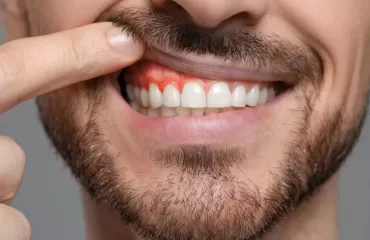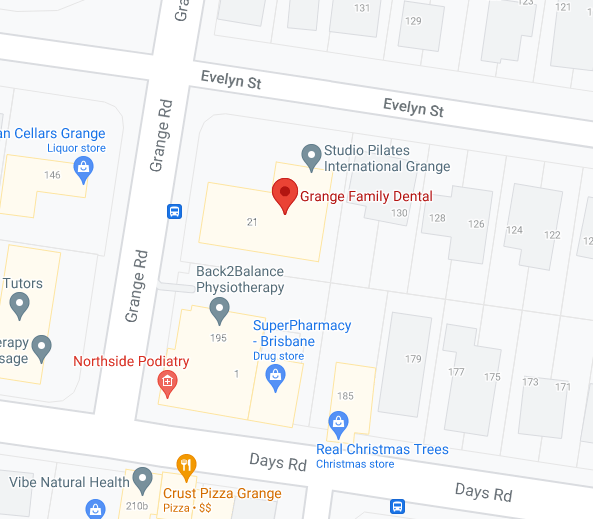
In light of the recent infection control breaches by the Sydney dentist groups “The Gentle Dentist”, all the staffs at Grange Family Dental wants to reassure all our patients that we follow strict ADA Guidelines for Infection Control. As a member of the Australian Dental association for the last 13 years, we are not only bound by law but also by ethics to treat our patient in a safe and clean environment. A simple rule of thumb that we apply every day is “Will I be comfortable treating my own family in our clinic”.
What happened at “The Gentle Dentist” clinic in Sydney?
A large part of the complaint according to media report appears to be that these clinics failed to comply with the dental board standard when it came to “cleaning, sterilisation and storage of instruments”. This may mean that contaminated materials were not removed from instruments, and/or the sterilization technique was not adequate and/or the cleaned instruments were not stored in a way that would keep them clean.

Grange Family Dental cleaning and sterilisation techniques
At our practice, all used instruments are first hand scrubbed then fed through an ultrasonic bath to remove any surface debris. Any instruments that come in contact with blood are either going to be single use or soaked in a special enzyme (Empower by Kerr) before heading off to the ultrasonic bath.
Once that is rendered cleaned on the surface, it is then put through the sterilizer. At Grange Family Dental, we use a German autoclave (Melag 23B+ and the DAC Universal from Sirona Dental) that has a proven track record to consistently produce high temperature and pressure to render the equipment sterile.
Finally once the instruments come out of the autoclave, it is immediately transferred to a clean area to cool off.
Where people often fall short is they assume that once you purchase these wonderful machines, you never need to check them again. In fact, all of this equipment needs to undergo annual validation and calibration to make sure they are doing their job properly.
Furthermore, according to Australian standards, to make sure these machines are working properly, there are daily, weekly and yearly tests that has to be run i.e. helix test, Bowie Dick test and Spore test.
Finally all sterilization cycles have to be recorded in a log even if it has passed so that everything can be tracked. Critical instruments such as tools for dental extraction require a separate log and batch number to be recorded.
Whilst all this is extremely time consuming and constitutes a major part of the cost of running a dental practice, it is imperative that it is followed meticulously as it’s the only way that our patients and our family can sit in our chair with peace of mind.







